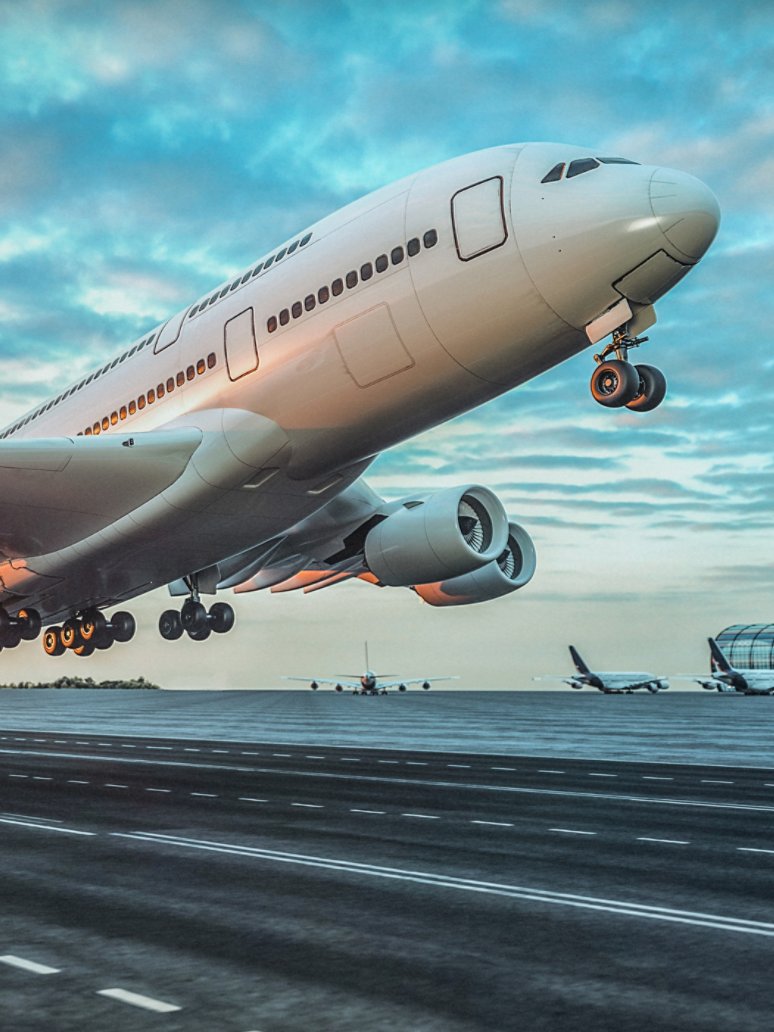
India is investing in a major buildout of its aviation industry — one that includes more planes, airports and technology
India’s aviation sector is soaring.
The Indian government said last year that it planned to spend about US$12 billion by 2025 on airports and aircraft to meet growing air travel demand. Among the reasons are an exponential rise in air cargo, and the country’s most popular airports — Indira Gandhi International (Delhi), Mumbai International and Bangalore International — recording more passengers in 2023 than ever before. And over the next 10 years, as India’s middle class and global economic profile continue to grow, the International Air Transport Association (IATA) expects India to become the world’s third-largest air passenger market.
These positive trends pose new challenges for India’s airports — particularly in areas of infrastructure, sustainability and technology.
Here, Sonu Verghese, Customer Partner at Kyndryl India, discusses the critical role technology will play in shaping the aviation sector of India’s Decade.
How is air travel in India evolving?
Apart from being one of the safest and commercially viable modes of transportation, modern air travel holds another greater promise for its users: delivering a seamless and personalized end-to-end experience. As air travel becomes more accessible and affordable to more Indians, airports must embrace digital transformation and innovation to cater to the diverse and dynamic needs of the passengers, businesses and communities. And they must scale to deliver complete air mobility in the future.
Key aviation trends in India¹
What factors are driving these changes?
India is seeing robust air travel, thanks to a burgeoning middle-class demographic. This growth has made the past two decades especially significant for airport modernization. As the economy grows and paves the way for the government’s strategic focus on tourism, aviation is attracting investments from India’s private and public sectors to increase airport capacities. Foreign investments in the sector also have risen considerably. So the need to digitize airport operations is greater than ever.
How are these changes benefiting passengers, both visibly and behind the scenes?
India’s DigiYatra digital initiative recently set the precedent for creating seamless, paperless and hassle-free travel experiences throughout the country and internationally. Whether you’re a jetsetting executive or a parent traveling with children, time and comfort are key. Behind the scenes, DigiYatra integrates passengers’ digital IDs and functions as a repository of digital information for all their needs. This eliminates the necessity for presenting documents at multiple checkpoints, and significantly reduces bottlenecks in the process. With just their facial biometrics, passengers can comfortably breeze through formalities rather than waiting in long lines.
Where do airports need the most help transforming digitally?
Integrating and orchestrating disparate IT systems and data sources is a challenge for any industry. Airport stakeholders include airlines, ground handlers, security agencies, retailers, passengers, regulators and local authorities. Each of these entities may have its own systems, data formats, protocols and standards. This makes it challenging to achieve seamless data exchange and collaboration across the airport value chain.
A possible solution is to adopt an application programming interface (API) platform delivery model that can interoperate with different systems and data sources, both within and outside the airport. Such a platform could enable airports to leverage common data models and microservices to create a “single source of truth” for all airport data and processes. This can help airports to optimize their operations, enhance their situational awareness, improve their decision-making and deliver more personalized experiences to their customers. An API platform also can help airports monitor and manage their resources in real time, including gates, airplane stands, baggage transport and staff. APIs also can adjust various aspects of airport operations according to changing demands and conditions. And they also can help airports to provide real-time information and guidance to passengers.
How is data and generative AI helping airports create memorable passenger experiences?
An airport is an ecosystem of multiple aggregators where it acts as a highly secure and regulated facilities operator. So, a unified data strategy and AI-infused platform is key to gleaning actionable insights and driving operational excellence at even the biggest and busiest airports.
Large Language Models (LLM) provide consistent and factual responses to customer queries across multiple social media platforms and customer interactions systems across terminals. And social robotics — a developing field for airports — will be able to enhance engagement and interaction with passengers. But all this will require strong data-driven integration across platforms to provide those experiences.
How will modernization efforts help India’s airports in the long run?
Airport modernization will play an essential role in the decarbonization of the aviation sector. Indian aviation supports about 4 million jobs, and contributes 5% of the country’s GDP. Modernizing this sector, without hindering economic progress, will be integral to India’s success story in the years to come.
¹India Brand and Equity Foundation (IBEF). Aviation Industry Report 2023.


